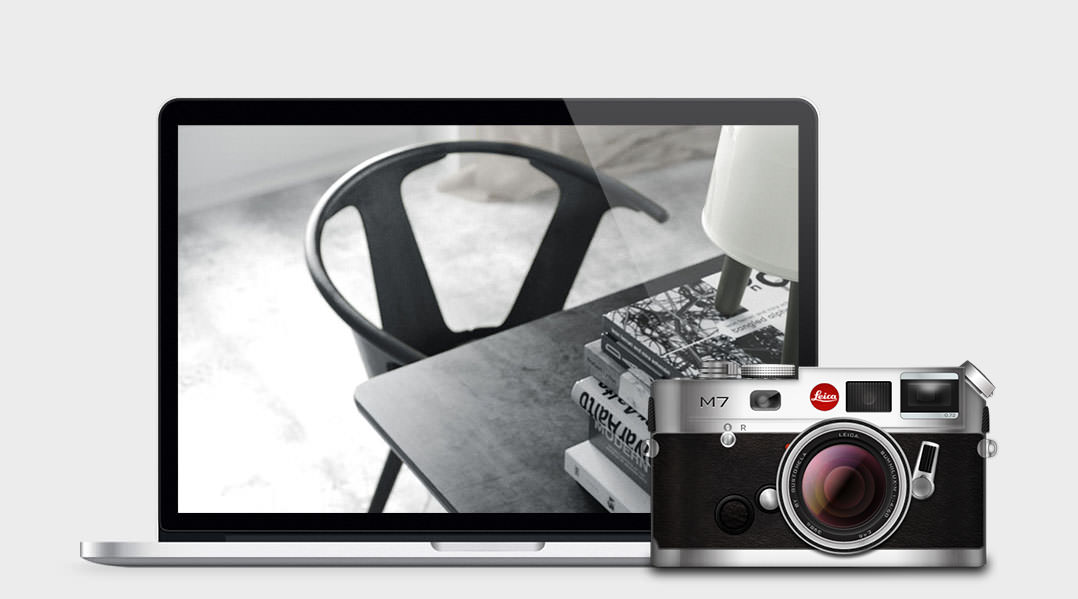Originally published at: https://www.ronenbekerman.com/photographic-approach-in-architectural-visualisation/
Ronen asked me to write an article on the photographic approach in visualization after I published my remakes of the &tradition photos done by Jonas Bjerre-Poulsen (who also is the designer of some of the pieces shown, together with his partner Kasper Rønn at NORM architects, Copenhagen). I thought it would be quite a challenging task to do and I was not really sure if I could tackle it. But here I am, and I cheerfully thank Ronen for giving me the opportunity to write this article.
I wasn’t completely sure if aiming to describe how to get a “photo-realistic” render or more towards about how you apply photographic rules during the visualization processes. After thinking about it, I came to the conclusion that those things somewhat belong together in a way but can also be separate from one another.
I am currently working on a set of images for a commercial project that somehow have a painterly feel to them, but the rules described in the following article would apply still. In our (beloved) chosen profession as visualization artists, we have to put things in the most comfortable setting as possible which would come to play in various other aspects besides just aiming for “photo-realism”.
This is why this article ended up being more about setting up an image in general or the rules of thumb I use most of the time. They are not complete and of course, there might be better ways. Some of them may have been also described in the past by classic painters, graphic designers, photographers, etc. So consider this more of an eclectic basic compendium of the things I take care of in my daily work.
One important thing (and if you want a clear rule), is the thing that sets a still image apart from an animation! The still has to tell a story in a single static frame, while an animation has the luxury of many more frames and the movement to do that. Therefore, it is very important for the still to be easy readable and come to its point very precisely.


